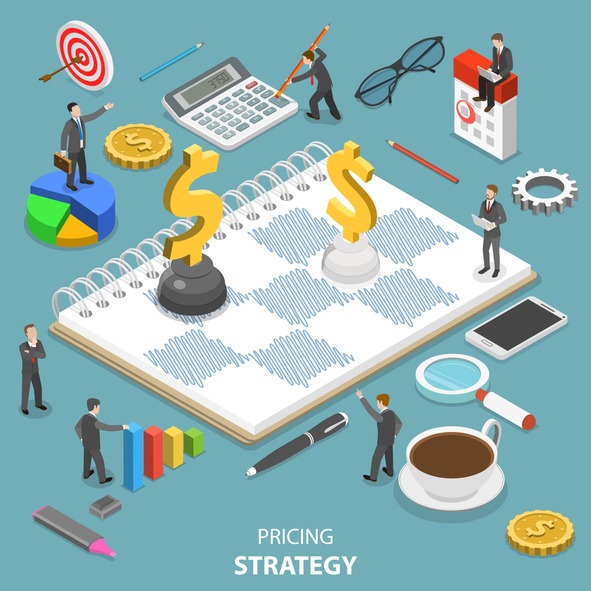
Dealers need to find the sweet spot between competitive pricing and profitable operations
The race to the bottom is off. The dealer community is slowly waking up to the idea of ‘value for money’ rather than ‘cheapest supplier’ and is keenly chasing the sweet spot that falls between cheap products and profitable operations. Pricing is crucial to sales, but that doesn’t mean you have to be the cheapest in order to win contracts.
Value for money means pricing competitively but also backing that up with excellent customer service. But picking a price point for products in your portfolio can be tricky – here are some tips to help.
Research and analysis
Knowing the competition is a powerful tool when it comes to pricing products. Conduct thorough market research to understand your competitors’ pricing strategies and the price ranges in your industry. Identify the most popular and competitive products to focus on.
Calculate your cost of goods sold (COGS) and overhead expenses accurately. This includes sourcing and procurement costs, warehousing, shipping, and operational expenses. Ensure that your pricing covers all costs while maintaining profitability.
Benchmark your prices against competitors offering similar products. Consider offering price-matching guarantees or price-beating policies to attract customers.
Give a little bit more
Pricing becomes less important when customers can see that they’re getting great value for money. This can be demonstrated by highlighting any additional services or benefits you provide to customers, such as free shipping, extended warranties, excellent customer service, or product customization.
Listen to customer feedback regarding pricing and adjust your strategies based on their input. Customers’ perceptions of value can impact their willingness to pay. Maintain a healthy balance between competitiveness and profitability. While competitive pricing is important, it should not lead to unsustainable profit margins.
Sales and offers
Discounts and special offers have their place to play in the pricing matrix too. Offering volume discounts for bulk purchases will incentivize businesses and organisations to buy more from you and can lead to larger orders. Dealers can also implement tiered pricing structures based on order quantities. The more a customer buys, the lower the unit price per product, thereby encouraging larger orders.
Periodically run promotions, discounts, or special offers on select products. This can create a sense of urgency and encourage customers to make a purchase. Dealers with advanced customer relationship management software may even be able to tailor offers to specific customer sectors, or engineer their website to offer discounts on products customers have previously bought or viewed. There is also an opportunity here to reward loyalty, issuing coupons or discount codes to customers who have shopped with you before.
Dynamic pricing takes things a step further, letting you adjust prices based on things like demand, seasonality, or inventory levels. Optimising prices in real-time allows dealers to respond quickly to changing market demands, and to better manage the supply side.
Drive down costs
Being able to offer products at a lower price is only possible with the highest efficiencies in your own business. Driving down costs like energy bills, delivery overheads, warehousing and human resources can unlock the ability to be more competitive on price, as the outgoings will be that much lower.
Efficiency doesn’t always have to come at a cost. A thorough evaluation of your business activities can reveal inbuilt inefficiencies that you’ve probably been living with for years. Sometimes it takes a shake-out to really get your team performing to the best of their abilities.
Of course, if you can get the products cheaper in the first place, the door is wide open to lower prices for your customers. Negotiate better terms and pricing with your suppliers, and build strong relationships to put you in a better position to drive down the purchase cost.
Competitive pricing is a dynamic process that requires ongoing monitoring and adaptation. By implementing these strategies and staying attuned to market dynamics, office product resellers can maintain competitive pricing while maximising profitability.


Be the first to comment